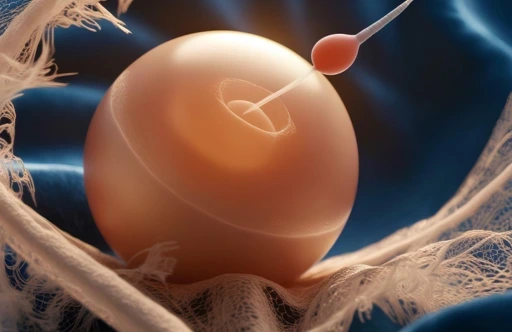- 🕒 Mon - Sat 9AM - 6PM
- 📞 Phone : +91 98186 44599
- 📞 Phone : +91 98104 74805


When you are taking your first steps into the world of IVF (In Vitro Fertilisation), one of the most discussed (and maybe a bit frightening) stages of the process is the process of collecting eggs. But do not fret, it is a lot less daunting when you know what it is all about. Here, we will guide you step by step through what egg retrieval involves, why it is done, how to prepare, what to expect on the day and how recovery typically appears.
Oocyte retrieval, also referred to as egg retrieval, is a minor surgery done to extract mature eggs from the ovary of a woman. The eggs are subsequently fertilised by sperm in the laboratory during the process of IVF.
This procedure follows ovarian stimulation, in which drugs are administered to stimulate your ovaries to release multiple eggs (rather than the one or two eggs that your ovaries release every month).
We will divide the journey into three steps to make it easy.
You will be injecting hormones for about 10-12 days. These include:
Your fertility doctor will keep track of your ovaries by using blood tests and ultrasounds. Your doctor will schedule the egg retrieval at about 34-36 hours after the trigger shot once the follicles (fluid-filled sacs that carry the eggs) have reached an ideal size (usually 18-22 mm).
It all depends on the timing here, as the retrieval should take place before the occurrence of natural ovulation.
Suggest to Read :- From IVF to ICSI: Essential Fertility Treatments You Should Know
This is a day care process, and it usually takes 20 to 30 minutes. This is how it works, process by process:
A. Preparation and Anaesthesia
B. Transvaginal Ultrasound Aspiration
A normal amount of eggs can be retrieved, which is 8-15, with possible variations, depending on your age and ovarian reserve.
C. Post-Procedure Monitoring
This is not the end of the road. As soon as the eggs have been gathered:
The majority of women experience no complications during the egg retrieval process; however, a few post-procedure symptoms are entirely natural. These are some of the symptoms you may feel, and when you should seek assistance:
With the help of sedation or general anaesthesia, you will not experience anything. Post-procedure discomfort might appear, but that is usually short-term and non-serious.
Egg retrieval presents a low-risk procedure, although, as with any medical procedure, it has some potential complications:
Egg retrieval is the most memorable moment of your IVF. At first, it may be somewhat scary, but keep in mind it is a safe, frequently used procedure that will help you one step closer to your dream of becoming a parent.
Knowledge is the most critical factor in empowerment. It may be helpful to know what to expect so that you can enter the process with clarity, confidence and calm. Remember to keep in contact with your fertility clinic and never be afraid to ask questions; there is no such thing as a silly question where your health is concerned and your journey to parenthood.